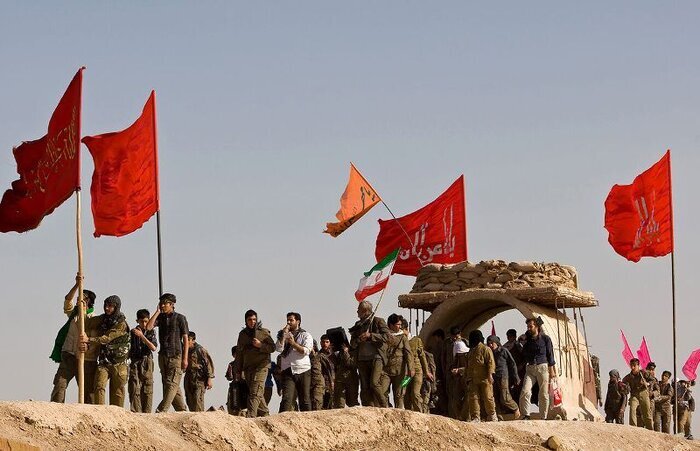Untapped potential of war tourism in Kermanshah province

TEHRAN - Kermanshah province, located on the border with Iraq and a significant battleground during the 1980-88 Iran-Iraq War, remains a lesser-known destination for war tourism despite its rich historical and cultural significance.
While most people associate tourism with relaxation and visits to cultural sites, war tourism—classified as a form of "dark tourism"—offers a unique opportunity for future generations to connect with the historical impacts of war.
Despite the growth of tourism in recent years, this sector, particularly war tourism, has yet to be fully developed in Kermanshah, a province that played a central role during the eight-year conflict, which is better known as Sacred Defense in Iran.
The province’s strategic location and historical significance, combined with changing landscapes, make it a prime candidate for developing this niche tourism market.
According to a recent report by IRNA, Kermanshah has not fully embraced this opportunity, even though it holds significant potential for economic and cultural development.
Kermanshah, which shares a long border with Iraq, was a frontline region during the Iraqi-imposed war, witnessing numerous battles and acts of bravery by its Kurdish men and women.
These heroic events have left a lasting mark on the province, offering ample material for war-related tourism. Monuments and battlefield sites from wartime are scattered throughout the province, and these can be integrated into war tourism packages, the report added.
Additionally, Kermanshah's historical sites, such as the UNESCO-listed Bisotun, Taq-e Bostan, and the Temple of Anahita, provide further opportunities for a combined cultural and war tourism experience.
The province's diverse landscape, enriched by a mix of ethnicities, languages, and cultures, adds to its unique appeal as a multifaceted tourism destination.
War tourism can be a vital driver of economic growth in regions like Kermanshah, particularly in border towns such as Qasr-e Shirin and Gilan-e Gharb. These areas have long relied on agriculture, but persistent drought, poor soil fertility, dust storms, and weak infrastructure have hindered their economic growth.
As Dr. Ruhollah Fallahi-Gilan, a sociologist and university professor, noted in a recent interview with IRNA, the economy of these cities remains fragile, and the introduction of war tourism could play a critical role in empowering local communities and promoting sustainable development.
Fallahi-Gilan emphasized the importance of leveraging the region’s wartime heritage, which includes battlefield sites, memorials, and stories of local heroes.
“Proper management and promotion of these sites could attract both domestic and international tourists, creating new economic opportunities for the region,” the expert said.
A missed opportunity for Iran
Despite the high potential for war tourism, Iran has yet to fully exploit this opportunity due to inadequate planning, weak strategy development, and lack of entrepreneurship in this sector.
While many countries with a history of conflict—such as Russia, France, and Vietnam—have successfully tapped into the war tourism market, Iran’s efforts remain limited, the report said.
AM
Leave a Comment